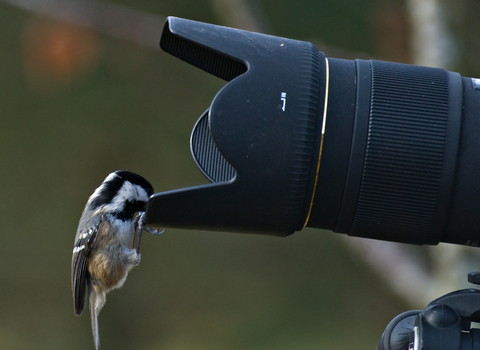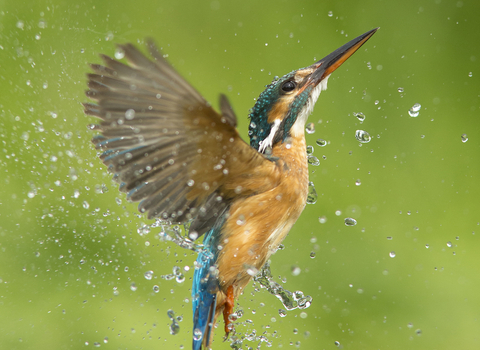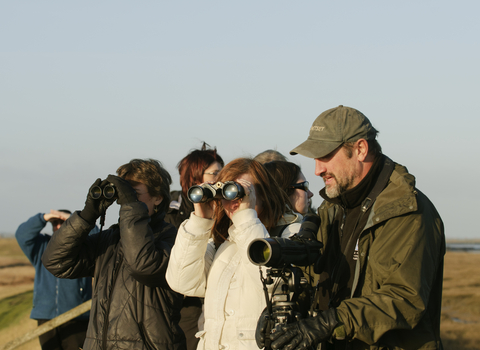Looking after animals
Careful with flash
Animals are very sensitive to light and can be scared or temporarily blinded by a strong flash. If the light conditions aren’t good, a night vision camera is your best bet.
Don’t get too close
Animals are likely to get stressed and panic if you get too close to their home. They may even feel forced to abandon their location. This can have fatal consequences particularly if there is young. A license is necessary to photograph animals in certain circumstances.
Careful where you tread
Stick to designated paths or tracks. This will mean you are less likely to damage habitat or disturb vulnerable wildlife. You may be on a protected site such as an SSSI where the fauna and flora should not be disturbed.
Protected species
Make sure you know the protected status of a species you are photographing and the laws that protect them. Photographing some species during the breeding season can be seen as a criminal offence.
Don't use tape lures
Playing calls to birds, particularly on a nest, can disrupt their natural behaviour and put chicks at risk.
Always put the welfare of the animal first.
Photography is one of the many ways you can get out and embrace the wilderness. Whether it’s capturing interesting animal behaviours, breath-taking wildlife habitats or the integration of people and nature - soaking up wildlife through the lens is a truly great way to connect ourselves more with nature.







